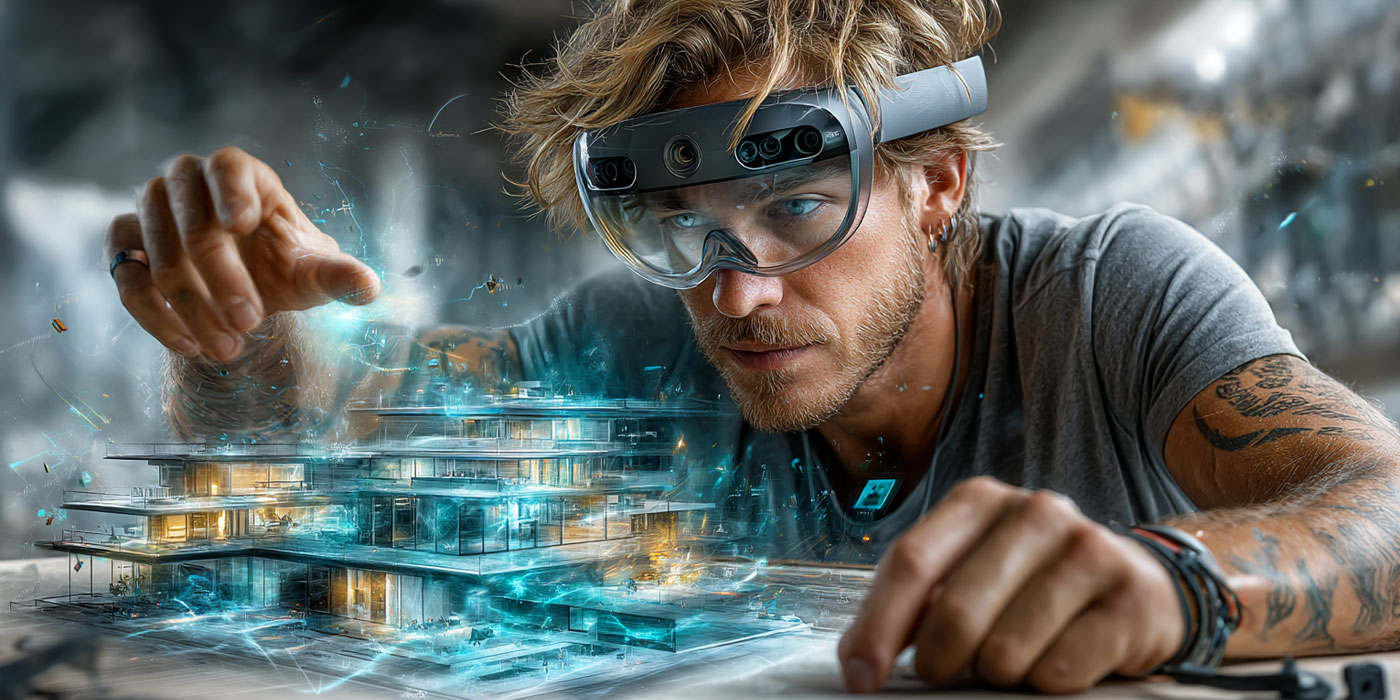Augmented Reality: Bridging the Physical and Digital Worlds
Augmented Reality (AR) is transforming the way we perceive and interact with the world—layering digital intelligence onto our physical surroundings. In this category, we explore how AR is driving innovation across industries, enhancing human capabilities, and unlocking new forms of engagement. From enterprise applications to consumer experiences, AR is reshaping everything from training and logistics to retail, marketing, and field operations. Discover how this rapidly evolving technology is delivering real-world value—one overlay at a time.

Augmenting Reality: Transforming Experiences with Digital Layers.
Augmented Reality (AR)
Augmented Reality (AR) is a cutting-edge technology that enhances the real world by overlaying digital content—such as images, sounds, or interactive elements—onto a user's physical environment in real time. Unlike Virtual Reality (VR), which creates a fully immersive digital experience, AR blends virtual components with the actual world, allowing users to interact with both simultaneously.
AR works through various devices such as smartphones, tablets, smart glasses, and head-mounted displays. By using sensors, cameras, GPS, and advanced computer vision algorithms, AR applications can detect the physical surroundings and place virtual objects contextually within them. This creates a seamless fusion of reality and digital content that feels natural and intuitive.
Applications of AR in the IT Industry
- Retail & E-commerce: Try-before-you-buy experiences (e.g., furniture placement or virtual try-ons).
- Education & Training: Interactive learning environments and simulations for complex procedures.
- Healthcare: Real-time guidance in surgeries or anatomical visualization for medical training.
- Manufacturing & Maintenance: Overlay of assembly instructions or diagnostics onto equipment.
- Marketing & Advertising: Engaging campaigns that bring products to life in the user’s space.
Benefits of AR
- Enhances user engagement and experience
- Increases accessibility to information
- Reduces error rates in training and operations
- Offers a competitive edge through innovation
As AR continues to evolve, it is transforming how businesses interact with customers, train employees, and streamline operations. Its potential is vast, and its integration into IT solutions is becoming a key driver of digital transformation.



